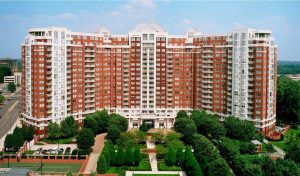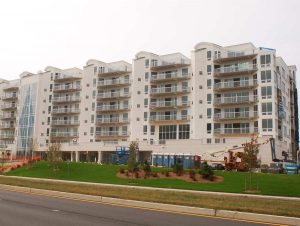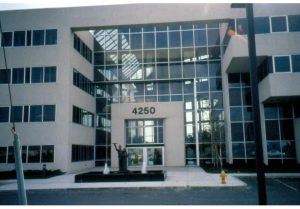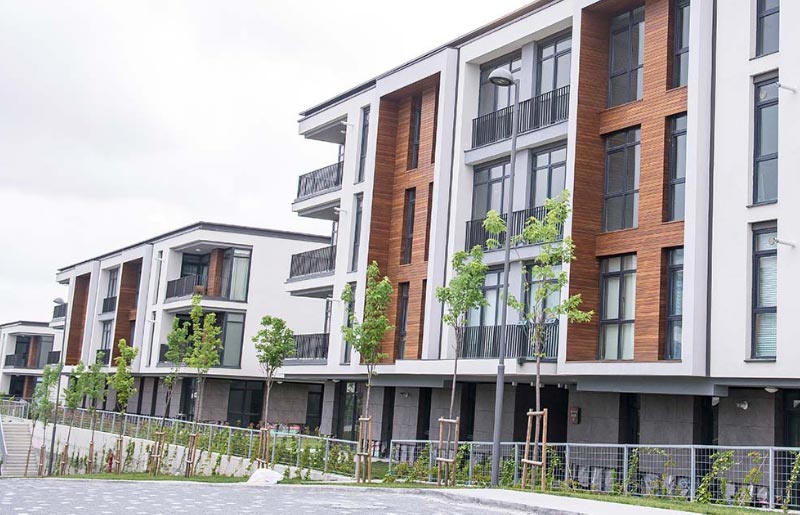
Contact Vescom
Composite Joist Structural Floor Systems Iowa
Vescom’s composite joist construction floor system offers stronger and shallower floors at a fraction of the cost of traditional steel floor framing methods.
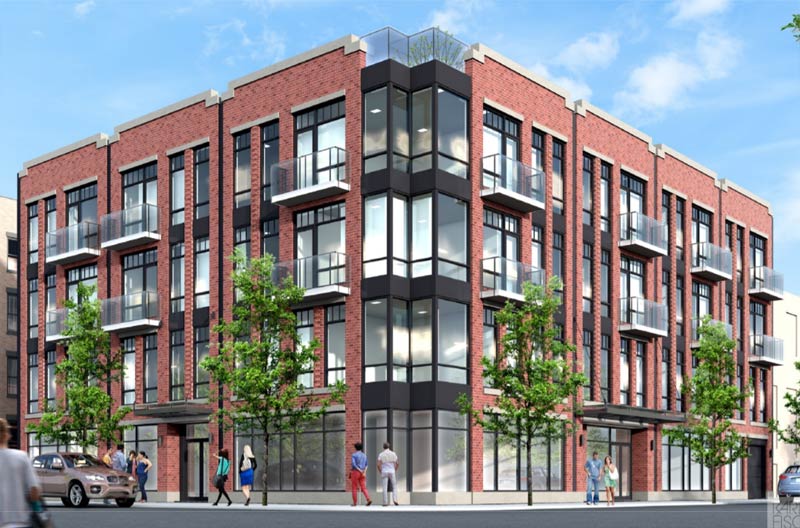
Vescom International is a steel joist and structural floor system manufacturer. The Vescom Joist Structural Floor System can be used all types of multi-story residential, multi-residential, institutional, healthcare, and commercial constructions and buildings. Vescom Joists can be used to construct structures up to 19 stories and are ideal for:
- Multi-residential constructions
- Apartment Buildings
- Condominiums
- Student Housing
- Hotel and Resorts
- Senior Living and Nursing Homes
- Medical Facilities
- Office Buildings
- And Many Other Structures
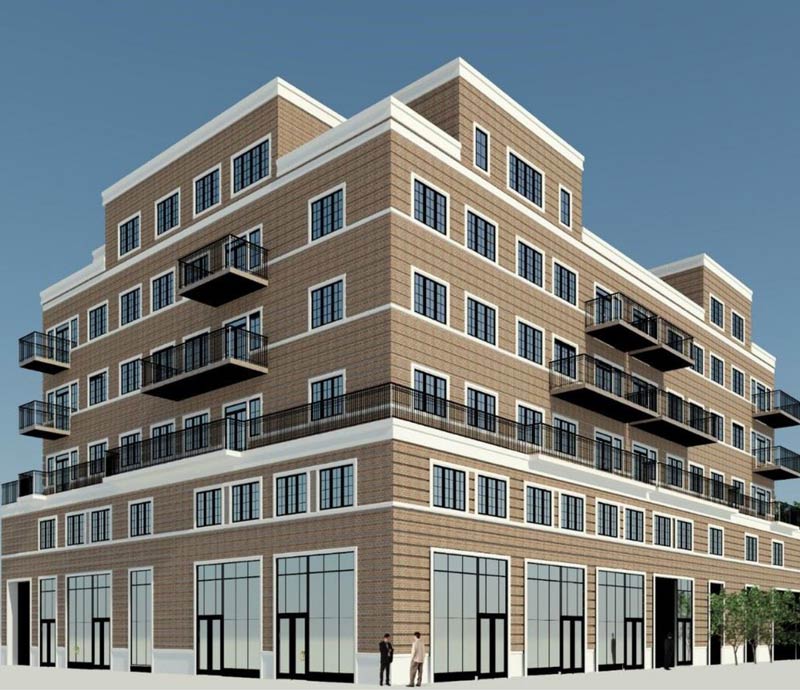
Composite Floor Joists in Iowa, IA
Vescom International manufactures the following composite joist flooring solutions and delivers them to Iowa, IA:
- Composite joists
- Composite floor joists
- Steel floor framing
- Concrete joist system
- Concrete joist support
- Steel flooring system
- Structural flooring
- Structural floor system
- Joist slab
- Structural floor systems
- Light gage steel framing
- Steel floor joists residential
- Composite building
- Structural floor
- Composite floor systems
- Steel floor system
- Composite concrete flooring
- Steel frame flooring
- Steel flooring systems
- Floor joist system
- Concrete floor joist
- Suspended floor systems
- Concrete floor joists
- Steel roof decks
- Metal deck
- Roof decking
- Steel deck
- Joist girder
- Steel girder truss
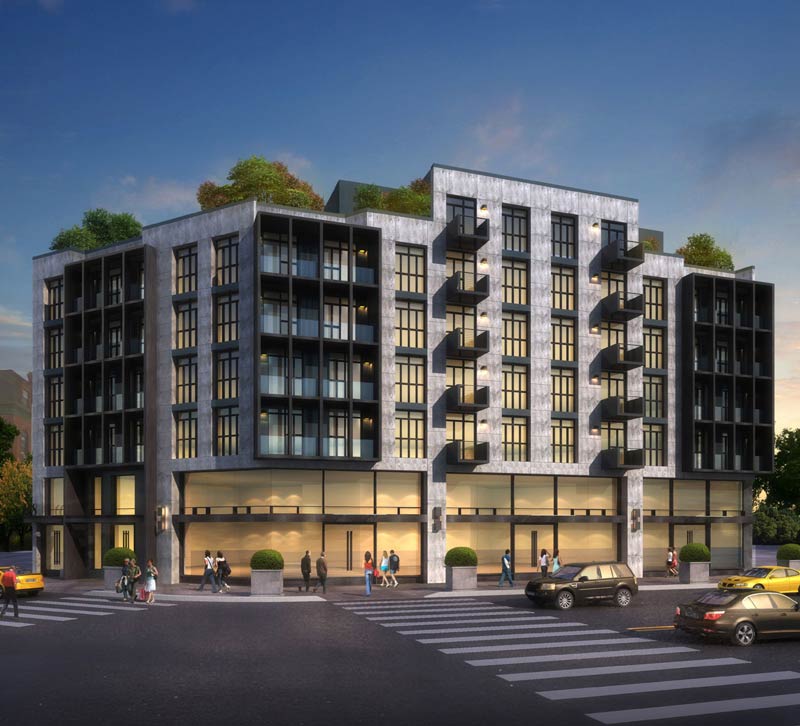
Multi-Residential Construction in Iowa:
If you are searching for a company to provide any of the following in Iowa, IA, kindly consider sending your drawings to our team at Vescom. We will provide you with a quote using our composite joist system that could save you significantly on your construction costs.
- Metal deckings
- Composite deck
- Floor systems
- Rated floor
- Cold form steel
- I-span
- Steel components
- Wood joists
- Floor structure
- Steel beams
- Steel trusses
- Floor joist
- Ceiling joist
- Decking joists
- Floor trusses
- Steel joist
- Bar Joist
- Steel deck
Vescom recommends these organizations, their content and material for information about the composite joist industry and technology:
If you are searching for a company to provide any of the following, kindly consider sending your drawings to our team at Vescom. We will provide you with a quote using our composite joist system that could save you significantly on your construction costs.
Frequently Asked Questions
-
Q: What is a composite joist?
- A: A composite joist, also known as a composite steel joist, is a type of structural member used in construction to support floors and roofs. It is made by combining two or more materials, usually steel and concrete, to create a stronger and more efficient joist.
Composite joists typically consist of a steel top chord, a steel bottom chord, and a concrete slab sandwiched between them. The steel chords provide tensile strength and rigidity, while the concrete slab provides compression strength and mass. The combination of these materials results in a lightweight and durable joist that can span long distances and support heavy loads.
Composite joists are commonly used in commercial and industrial buildings, as well as in multi-story residential buildings. They offer several advantages over traditional joists, including increased strength, stiffness, and fire resistance, as well as improved acoustic and thermal performance.
-
Q: What is structural flooring?
- A: Structural flooring refers to a type of flooring system that is designed to provide both a walking surface and structural support for a building or structure. Unlike non-structural flooring, such as carpet, vinyl, or tile, structural flooring is capable of bearing heavy loads and transferring them to the building's foundation or support structure.
Structural flooring is commonly used in commercial and industrial buildings, such as warehouses, factories, and distribution centers, as well as in multi-story residential buildings. It is also used in bridge construction, where it serves as both a roadway and a structural element.
There are several types of structural flooring systems, including concrete slabs, precast concrete planks, steel decking, and composite joists. The choice of flooring system will depend on a variety of factors, including the building's design, the required load-bearing capacity, and the desired aesthetic appearance.
Overall, structural flooring plays a critical role in the overall strength and stability of a building or structure, and it is an essential component of any construction project that requires durable and reliable support.
-
Q: What are steel trusses?
- A: Steel trusses are a type of structural element commonly used in the construction of buildings, bridges, and other structures. They are typically made from steel beams arranged in a triangular pattern, with each beam forming one side of the triangle.
The triangular shape of steel trusses provides excellent strength and stability, allowing them to span long distances and support heavy loads without the need for intermediate columns or supports. This makes them ideal for use in large, open buildings and structures, such as warehouses, factories, and sports arenas.
Steel trusses can be manufactured in a variety of shapes and sizes, depending on the specific needs of the project. They can be straight or curved, and may be designed to have a single or multiple web configurations. Additionally, they can be bolted, welded, or riveted together to form larger assemblies, depending on the required load capacity and structural performance.
Overall, steel trusses are a versatile and durable structural element that offer many advantages in terms of strength, stability, and ease of construction. They are commonly used in a wide range of applications and are an essential component of many modern construction projects.
Vescom International provides exceptional structural performance, unmatched in the marketplace, for multi-level construction in the following states in The United States of America:
Alabama, AL – Alaska, AK – Arizona, AZ – Arkansas, AR – California, CA – Colorado, CO – Connecticut, CT – Delaware, DE – Florida, FL – Georgia, GA – Hawaii, HI – Idaho, ID – Illinois, IL – Indiana, IN – Iowa, IA – Kansas, KS – Kentucky, KY – Louisiana, LA – Maine, ME – Maryland, MD – Massachusetts, MA – Michigan, MI – Minnesota, MN – Mississippi, MS – Missouri, MO – Montana, MT – Nebraska, NE – Nevada, NV – New Hampshire, NH – New Jersey, NJ – New Mexico, NM – New York, NY – North Carolina, NC – North Dakota, ND – Ohio, OH – Oklahoma, OK – Oregon, OR – Pennsylvania, PA – Rhode Island, RI – South Carolina, SC – South Dakota, SD – Tennessee, TN – Texas, TX – Utah, UT – Vermont, VT – Virginia, VA – Washington, WA – West Virginia, WV – Wisconsin, WI – Wyoming, WY
VESCOM News:
A Revolution in Structure
Explore our website to see how Vescom is revolutionizing the construction industry.
Vescom Typical Details
To assist in the work of specifying professionals, we have developed typical Vescom details for their use. These details...
Fun Facts About Iowa
- Capital: Des Moines
- Year Founded: 1846
- Major Cities: Des Moines, Cedar Rapids, Davenport, Sioux City, Waterloo
- Borders: Wisconsin, Illinois, Missouri, Nebraska, South Dakota, Minnesota
- Gross Domestic Product (GDP) Millions USD: $152,436
- Population: 2,926,324
- Land Area (Sq Miles): 56,290
- High Point (Feet): 1,670
- Other Facts: “Key Industries: Agriculture including corn, soybeans, hogs, oats, cattle, and dairy products, Heavy machinery, food processing, chemicals, banking, finance, and biotechnology; How Iowa got its name: The name comes from the Ioway, one of the Native American tribes that lived in the region. Iowa State Symbols: State Nickname: Hawkeye State; State Slogan: Life-Changing; Fields of Opportunity; State Motto: Our liberties we prize and our rights we will maintain; State flower: Wild Prairie Rose; State Bird: Eastern Goldfinch aka American Goldfinch; State Fish: Channel catfish; State Tree: Oak; State Mammal: NA; State Foods: Corn; Becoming a State: Date Admitted: Monday, December 28, 1846; Number Admitted: 29; Prior Name: Iowa Territory; Postal Abbreviation: IA; The Geography of Iowa: Total Size: 55,869 sq. miles (source: 2003 Census); Geographical Low Point: Mississippi River at 480 feet, located in the county/subdivision of Lee (source: U.S. Geological Survey); Geographical High Point: Hawkeye Point at 1,670 feet, located in the county/subdivision of Osceola (source: U.S. Geological Survey);Central Point: Located in Story County approx. 5 miles northeast of Ames (source: U.S. Geological Survey); Counties: 99 (source: National Association of Counties); Bodies of Water: Mississippi River, Missouri River, Des Moines River, Cedar River, Spirit Lake, West Okoboji Lake, Saylorville Lake, Lake Red Rock; Famous People: Johnny Carson – Talk show host; Buffalo Bill Cody – Cowboy, showman, and U.S. army scout; Herbert Hoover – The 31st President of the United States; Shawn Johnson – Olympic Gold Medal gymnast; Lolo Jones – Track and Field hurdler; Ashton Kutcher – Actor; Ann Landers – Advice columnist; Jerry Mathers – Played the Beaver on Leave it to Beaver; Glenn Miller – Songwriter and conductor; Kurt Warner – Professional football player; John Wayne – Actor; Elijah Wood – Actor; More Fun Facts: The Hawkeye State Nickname comes from the Iowan Native American, Chief Black Hawk.; Iowa played a key role in the Underground Railroad that rescued slaves from the South.; In 1907 Fred Maytag invented the clothes washing machine in Newton, Iowa.; Iowa produces 10% of the United States food supply.; The eastern and western borders of Iowa are entirely made of water. The Mississippi River forms the border to the east and the Missouri River to the west.; Burlington’s Snake Alley has been called the most crooked street in the world.; The largest Danish settlement in the US was in Elk Horn, Iowa. It is home to the Danish Immigrant Museum.; President Herbert Hoover was born in West Branch, Iowa. He was the first president born west of the Mississippi.; It is the only US state name that begins with two vowels.; Professional Sports Teams: There are no major Professional Sports Teams in Iowa.” Citation: Nelson, Ken. “United States Geography for Kids: Iowa .” Ducksters, Technological Solutions, Inc. (TSI), https://www.ducksters.com/geography/state.php?State=Iowa
- Page ID: Iowa_United_States_15
- Set ID: United_States_State

